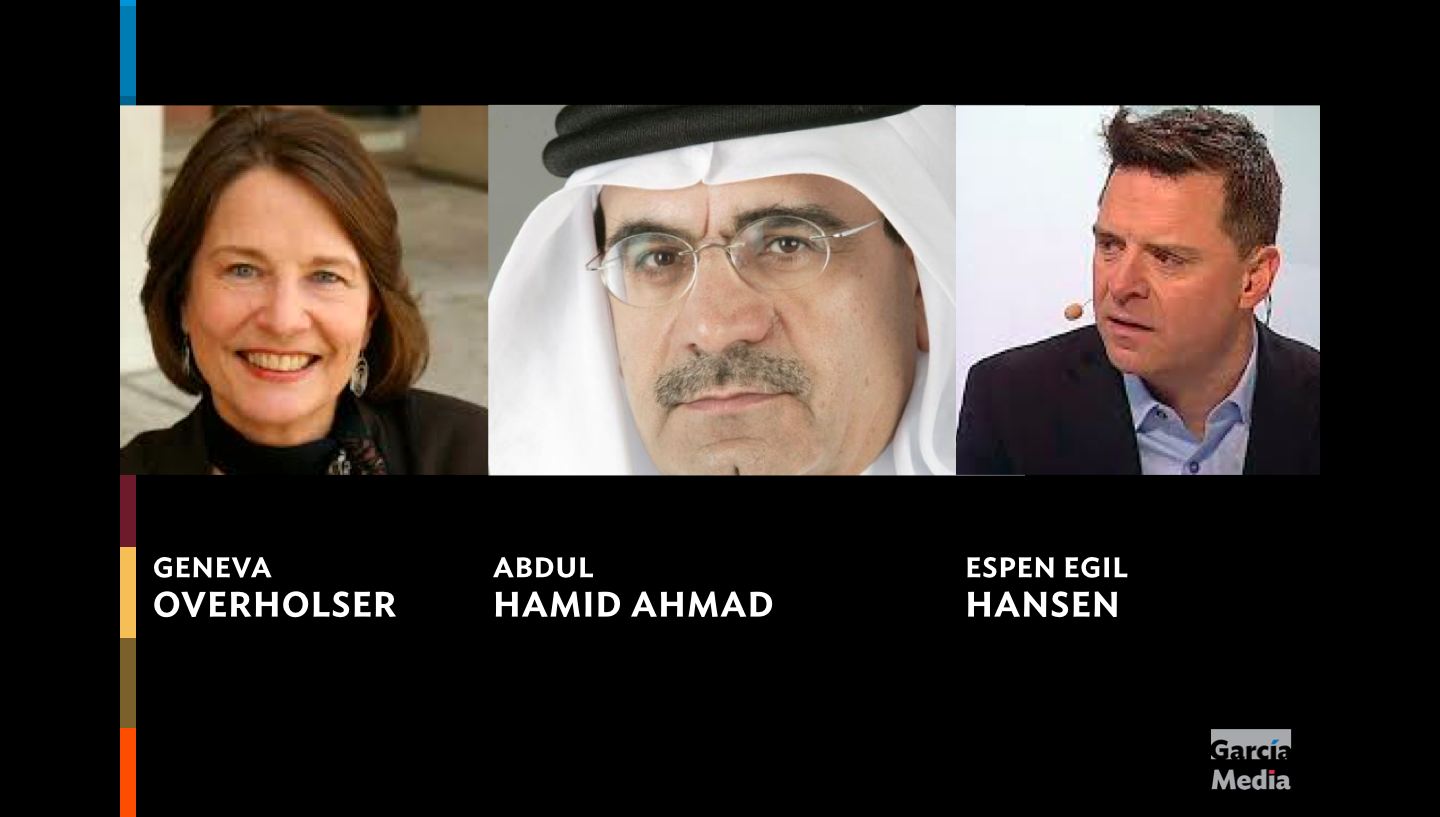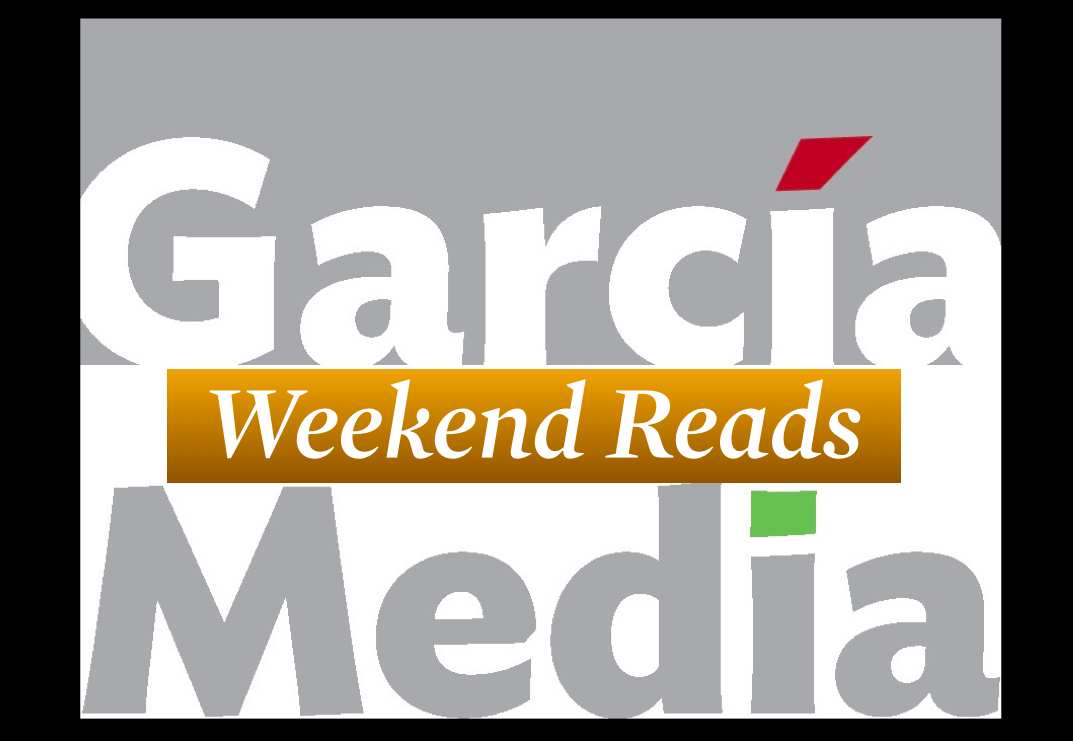This is the weekend edition of TheMarioBlog and will be updated as necessary. The next blog post will be Monday, June 23.
Update #5: Dubai, Saturday, June 21, 15:58

I tend to agree with what they mention as great attributes for an editor, and I have some of my own (not that they asked me!). Here are highlights of what the Times' journalists said:
David Carr, media columnist
A good editor is right most of the time, making copy better every time she or he touches it. The greats do the same for the people who produce that copy.
Frank Bruni, columnist
A great editor is like a great meatloaf. By which I mean: There is a multitude of kinds, and all get the job done, deploying different recipes for the same result, which is your nourishment. A meatloaf is going to have nonnegotiable elements: meat and an egg or two and bread crumbs and probably onions. A great editor is also sure to have a certain foundation of ingredients, which I’ll hereby list.
Gretchen Morgenson, Business columnist and reporter
The best editor is the person who can take a modest story and make it big, broad and powerful. Believe it or not, some editors take big stories and make them small. But the great editor is one who pushes a reporter to widen a story’s scope or one who recognizes an impact in the story that the reporter might not have seen initially.
My own take on what makes for a great editor
In my 41 years in this business, I have worked with hundreds of editors, some more memorable than others.
Two words describe the management style of the real excellent ones: firm and compassionate.
In terms of how they managed the journalistic aspects of the job. The great editors keep an open door to their office for staffers to discuss story ideas, stories in the midst of editing, page designs and concepts. They also place emphasis on innovation, rewarding those who champion it.
Three editors come to mind when I think of the great ones:
Geneva Overholser, with whom I worked on a redesign of the Des Moines Register; Abdul Hamid, editor in chief of the Gulf News of Dubai; Espen Egil Hansen, editor of Norway's Aftenposten.
What made them great?
Geneva Overholser (formerly of the Des Moines Register)
Geneva was a reporter's editor, but in the process of redesigning the Register I also realized that she was a designer's editor.
I would present her with many ideas. She would zero in on the ones that interested her. If she left out an idea I was championing, she would ask:
“I know you want me to like this, but I don't. Tell me why I should?”
That would allow me an opportunity to explain the concept. She would listen. We would meet at the right place, or in the middle. The result? A Des Moines Register that was true to the essence of that iconic midwesterner daily, but which had advanced in how it showcased the news, starting on Page one.
In her own words, this is the Geneva formula for a great editor:
The editor's primary job is to unleash the talents around her. You do all you can to create the conditions in which everyone can do the best work they are capable of.
Abdul Hamid, Gulf News, UAE
Abdul Hamid sits princely in his office, the first one anyone sees when entering the newsroom of the Gulf News. He is witty, quick on his feet, and you must catch his attention when you get it, as he moves quickly through the paces, his hands fidgeting with beads that help him navigate the waters of editing the largest circulation daily in the UAE, in Dubai, the city of the future and one of the most exciting news beats in the world.
Abdul Hamid has the ability to listen to what others tell him. He knows what he wants (such an essential in an editor), and pushes his people to do the best. He does not settle for the first draft of the story or the early sketch of the page. Like all the good editors I have worked with, he appreciates visuals, and has a great sense about the importance of graphics. Under his tutelage, the Gulf News has become among the most award winning newspapers in the world for design and graphics (with the help of design director, Miguel Gomez and an incredibly talented team).
Here is how Miguel Gomez describes working with the unique Abdul Hamid:
To work with Abdul Hamid has been one of my best experiences in journalism, he is a born storyteller who believes in the usage of alternative ways to present the information. passionate about his job and a great human being that takes care of the people's needs. He always gets excited about interesting stories and has a good eye to find out what readers may be interested in. Despite his love for print, he always pushes for mobile and online publishing, I think that one of his main attributes is that he is like a kid that is always curious and can be amazed and surprised with stories.
One Abdul Hamid story I never forget: when a young reporter walked into his office to complain in detail about why she was having trouble with her story, Abdul Hamid responded:
“If you wrote as much as you talk, things would be so much better.”
Espen Egil Hansen, Aftenposten, Norway
Espen is the new editor of Norway's Aftenposten, and the most recent editor I have worked with. Dynamic (is there a word to describe an editor who comes with and extra set of batteries?), intuitive about news and how people consume it today, and digital with a capital D, Espen is the ultimate editor for doing print (and everything else) happily.
He arrived at the Aftenposten reluctantly. Was happy as the digital director for the sister paper, VG+. But he was convinced that Aftenposten needed him and so he arrived armed with an arsenal of ideas of how to do a newspaper in 2014.
The results are obvious and you can see our case study here.
He begins each day with a short (5 minute) review of the news that most people are reading on line, then moving on to question how the editors will handle follow up of those stories across platforms, then allow a few minutes for “things we will do in the printed paper.”
It works. It energizes the team. It energizes the consultant (that's me), and Aftenposten is becoming an example of how to do the media quartet best.
I have learned from Espen, especially when he reminds everyone that it is not just about digital first.
“It is about quality now, with emphasis on NOW,” he tells his staff.
These three editors are, by no means, the only great ones I have worked with. They have taught me much through observation. They inspire. They push their teams to do the best. They should serve as role models.
And, Frank Bruni had it right: they are all a good meat loaf, but with very different recipes behind their making.
Of related interest
Creating the design concept for the new Berliner Gulf News
https://www.garciamedia.com/blog/creating_the_design_concept_for_the_new_berliner_gulf_news
Norway’s Aftenposten: the rethink of those weekend editions
https://www.garciamedia.com/blog/creating_the_design_concept_for_the_new_berliner_gulf_news
https://garciamedia.com/blog/norways_aftenposten_the_rethink_of_those_weekend_editions
References to Des Moines Register, Geneva Overholser
https://garciamedia.com/blog/pure_design_segment_think_text_first_also_weekend_updates
How to report without editors
Highlight from this piece by the always great Dr. Roy Peter Clark:
I was once asked by a top newspaper editor if I could help make his reporters more productive. Now they were responsible for three stories a week. Could I coach them to produce six stories a week? My answer was: “I could, but I won’t.”
Some Lean Back Reading This Weekend

Nostalgia and Newspapers
Highlight:
The most important fight in journalism today isn’t between short vs. long-form publications, or fast vs. thorough newsrooms, or even incumbents vs. start-ups. The most important fight is between realists and nostalgists
Print still matters, even if some would like to believe it shouldn’t
Writes Ken Doctor:
The future is digital, of course — but in the present, the revenues generated by print are absolutely critical to supporting local newsrooms. So it makes sense to pay attention to print strategy.
News organizations are the new journalism schools
Highlight:
Politico and Condé Nast will soon be training rookies
AJC’s digital reorganization, part 1: Topic teams inspired by Quartz’s ‘obsessions’
Highlight:
“I’m not sure our business fully grasps where the world is going,” Bert Roughton, AJC’s managing editor/senior editorial director, told Poynter in a phone interview. “I’m not sure the discussions journalists are having about the future are as useful as they should be.”
80 years of World Cup ticket designs
http://www.creativebloq.com/computer-arts/80-years-world-cup-ticket-designs-61411991